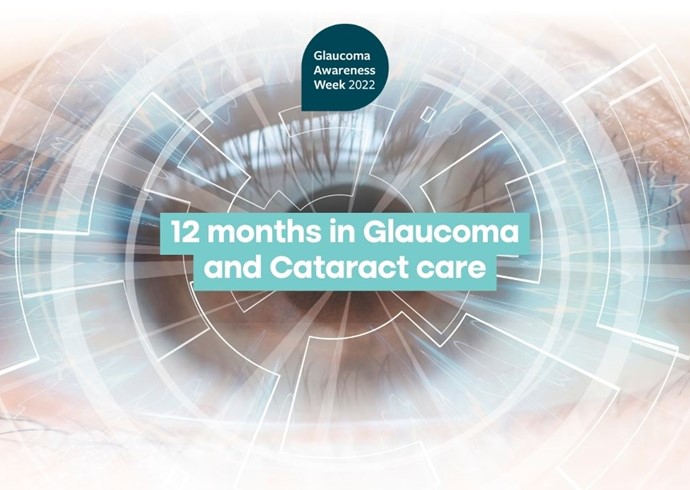12 months in Glaucoma and Cataract care

I am writing this blog as a summary of what has been happening in the world of glaucoma in the last twelve months. As some of the Covid restrictions ease it has been great to see so many more patients face-to-face, both in consultation as well as patient engagement and education events. Both at Innovation Eye Clinic and Queen Victoria Hospital, it has been great to host these events and have the face-to-face interaction that is just not possible with virtual meetings.
As always, Innovation Eye Clinic strives to provide the highest level of glaucoma and cataract care. We continue to expand on the treatment options available for glaucoma as well as the innovations and intraocular lens options for cataract patients.
The main change that I have seen in clinical practice compared to twelve months ago is the further adoption of selective laser trabeculoplasty (laser treatment for eye pressure control) as very much the first line treatment now for suitable patients. This means that more patients are able to have their glaucoma treated without the use of eye drops. Glaucoma surgical treatment continues to improve and we are getting more and more long-term evidence about the safety and efficacy of minimally invasive glaucoma surgery. Some of the research that I am focussing on looks at the quality of life and ocular comfort in patients having glaucoma surgery and encouraging results show that both quality of life and eye comfort improves after surgery. These are hugely important aspects to look at because of course eye pressure and number of glaucoma medications are important but it is so easy to overlook the quality of life and eye comfort.
We have increasing knowledge that whilst eye pressure control remains the main way to treat glaucoma there are other factors that may be involved such as blood and oxygen flow to the optic nerve, which runs from the back of the eye to the brain. There has been increased focus on neuroprotection to see whether the optic nerve can be protected.
As always early detection and diagnosis of glaucoma remain the key to getting the condition under control early on in its course. Regular visits to your opticians are the best way to provide a type of screening for eye health in general, including glaucoma, and many patients are picked up via this route before they have any symptoms of vision loss or field of vision deterioration.
For those patients with glaucoma or ocular hypertension, it is important to know that there are avenues of support from many organisations such as Glaucoma UK and Royal National Institute of Blind.
It is important to continue to raise awareness amongst friends and family about eye health and glaucoma awareness so do feel free to share this newsletter with friends and family.
If you have any questions about glaucoma, feel free to contact me on 0800 0053335 or info@innovationeyeclinic.co.uk
